1. Sedona’s Vortexes – Arizona, USA
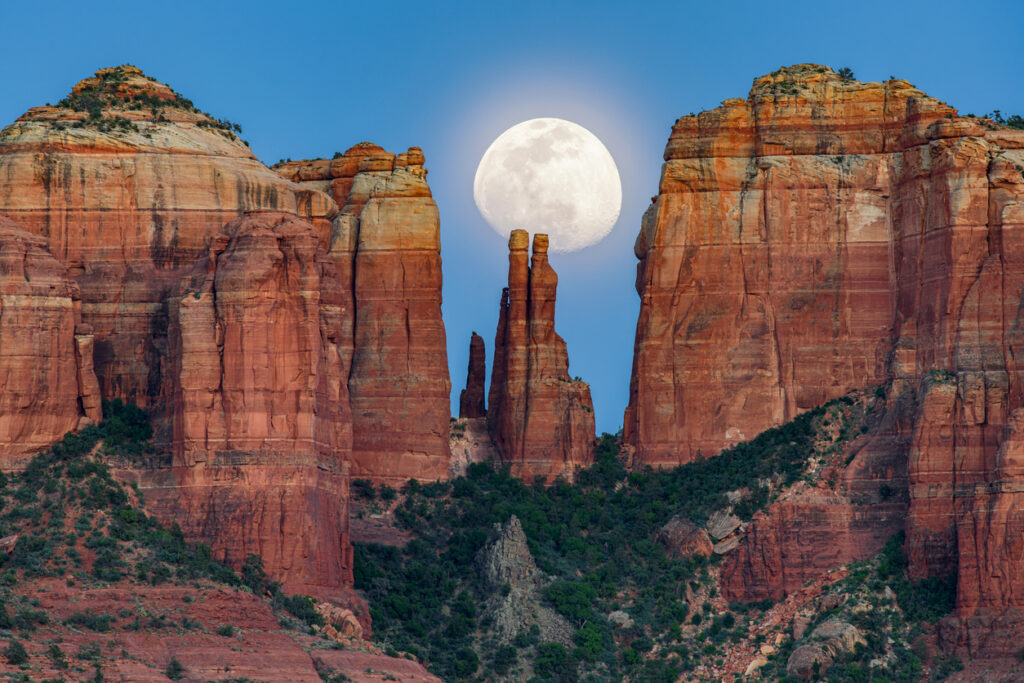
Sedona doesn’t shout for attention. It settles into you, in the glow of red rock at dusk and the dry air that feels unexpectedly alive. Towering formations like Bell Rock and Cathedral Rock surround the town, believed by many to be energy vortexes—places where Earth’s energy spirals in intensity. Some visitors feel tingling, clarity, or emotional release. Others feel nothing, yet most leave sensing something just beneath the surface, subtle but undeniable.
For centuries, Native tribes considered this land sacred, a place for ceremony and vision quests. Today, hikers and seekers still come, often unsure what drew them. You don’t need to believe in energy to feel the stillness. The silence is richer, the light sharper, the pace slower. Even skeptics pause. Sedona doesn’t demand belief. It invites reflection, and whether you hike or sit in quiet, the land seems to attune you to something deeper.
2. Mount Roraima – Venezuela, Brazil, Guyana
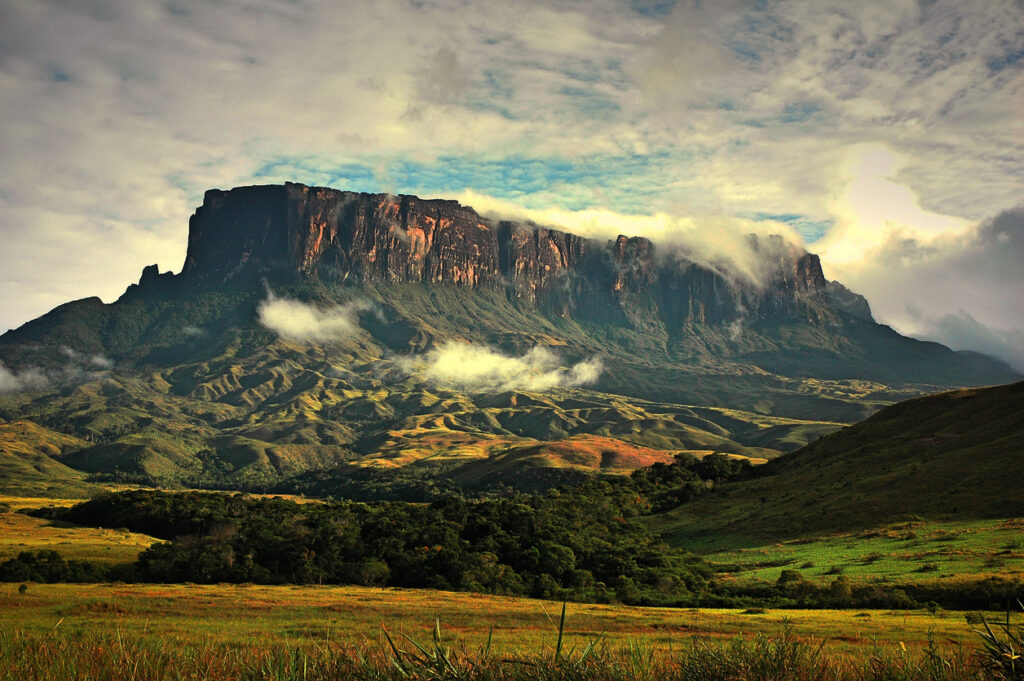
Mount Roraima rises like myth made real. This ancient, flat-topped plateau straddles Venezuela, Brazil, and Guyana, but feels otherworldly. Its 1,300-foot cliffs plunge from a summit often wrapped in clouds, making it appear to float above the rainforest. At nearly 2 billion years old, Roraima is one of Earth’s oldest formations. To the Indigenous Pemon and Kapon, it is sacred, known as the “Mother of All Waters.” They believe it was once a great tree that held every fruit before the gods cut it down. Local guides still approach it with reverence, treating it like a temple.
Getting to the summit takes days of jungle trekking and a prehistoric stone ramp carved by erosion. At the top, everything shifts. There are strange black rocks, quartz-filled pools, and tiny species found nowhere else. Time seems suspended, the air thick with awe or unease, depending on your intent. Roraima inspired The Lost World, but it is not fantasy. It is ancient, alive, and unforgettable. You do not conquer it. You come away changed. Source: World of Extraordinary
3. Lake Manasarovar – Tibet
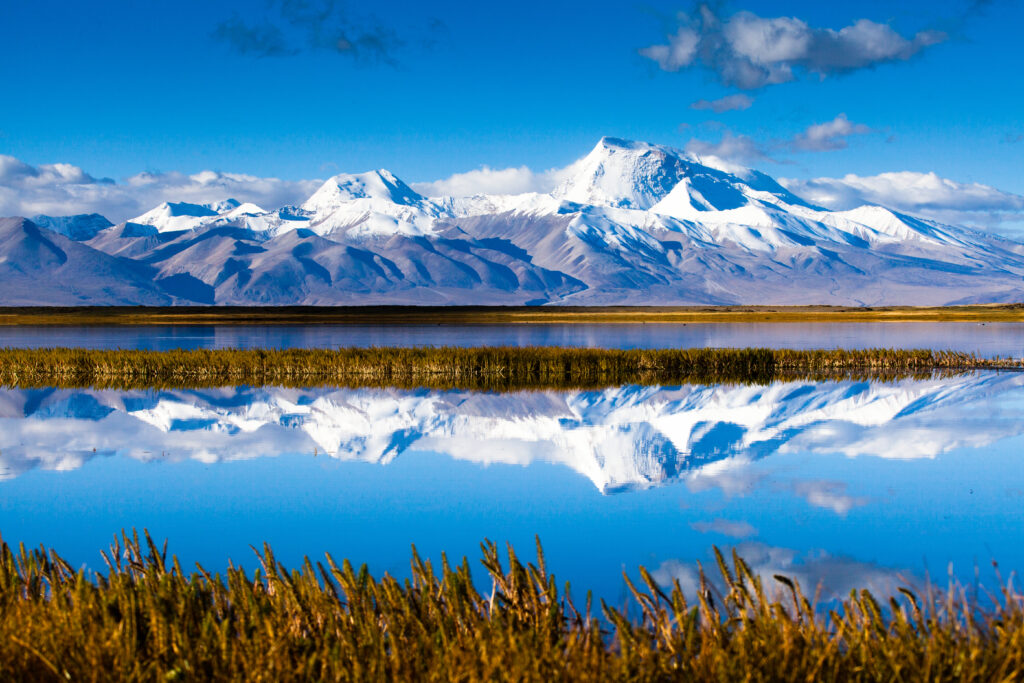
At the foot of Mount Kailash in the western Himalayas lies Lake Manasarovar, a perfectly round body of glacial water that gleams like polished sapphire. Sitting nearly 15,000 feet above sea level, it is one of the most sacred sites in Hinduism, Buddhism, Jainism, and Bon. Hindus believe Brahma created it through divine thought, giving it the name “mind-born.” Buddhists see it as a mirror of spiritual clarity. Pilgrims from across Asia come to bathe in its icy waters and walk the 32-mile shoreline as an act of devotion. The route crosses rocky ground in freezing winds, yet travelers speak of an eerie stillness, as if the lake itself is aware.
The water changes color with the light—sometimes blue, sometimes silver-gray—but always remarkably clear. Scientists are struck by its purity, while locals describe vivid dreams and awakenings on its shores. Bathing here is said to wash away the sins of lifetimes. There are no motorboats, only the soft sound of footsteps and prayer flags in the wind. It is not a bucket list stop. It is a sacred encounter that leaves you breathless in body and spirit.t a bucket list stop. It is a sacred encounter that leaves you breathless in body and spirit. Source: National Geographic
4. Uluru (Ayers Rock) – Australia
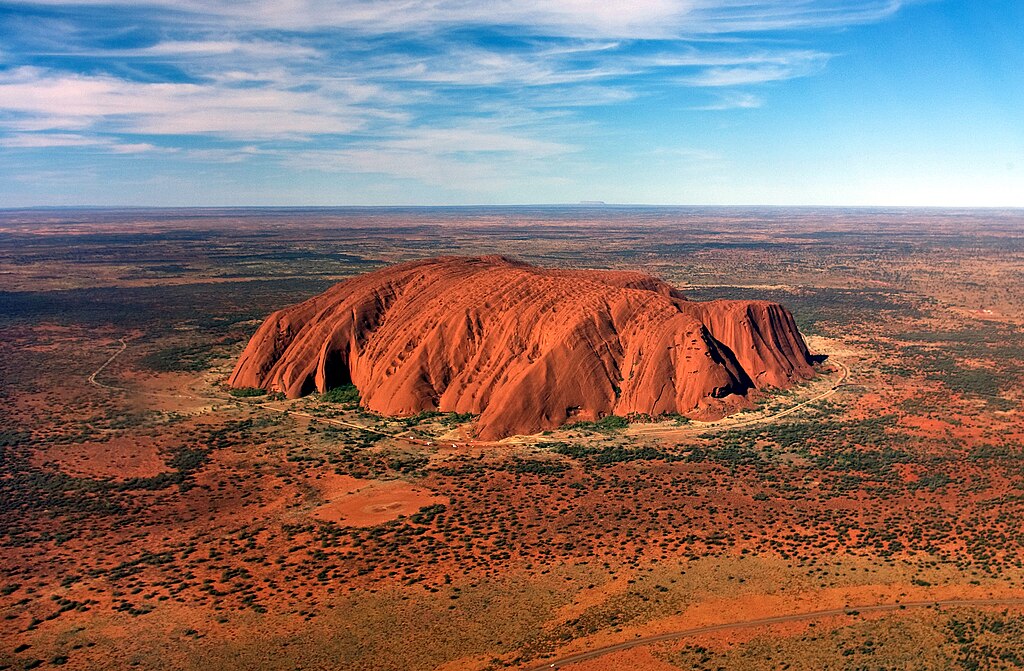
Uluru doesn’t just sit in the Australian outback, it rises from it like a heartbeat. This massive sandstone formation stands over 1,100 feet tall and stretches nearly six miles around, glowing rust to deep red as sunlight shifts. To the Anangu people, Uluru is not just a landmark. It is a living ancestor, the keeper of the Tjukurpa, the sacred stories and laws that shape their culture. Every crevice tells part of that legacy. Though tourists once climbed it against Anangu wishes, the practice was formally banned in 2019, a decision rooted in cultural respect and spiritual preservation.
Walking the base is now a more reverent experience. Anangu-led tours and signs reveal the Dreaming stories, while stillness often settles without warning. The air feels heavier, as if holding invisible history. Many report experiencing tears, goose bumps, or a deep emotional charge. Uluru doesn’t perform. It waits. It watches. And for those who truly pay attention, it offers lessons without a word. Source: Parks Australia – Uluru-Kata Tjuta National Park
5. Cenote Sagrado – Mexico
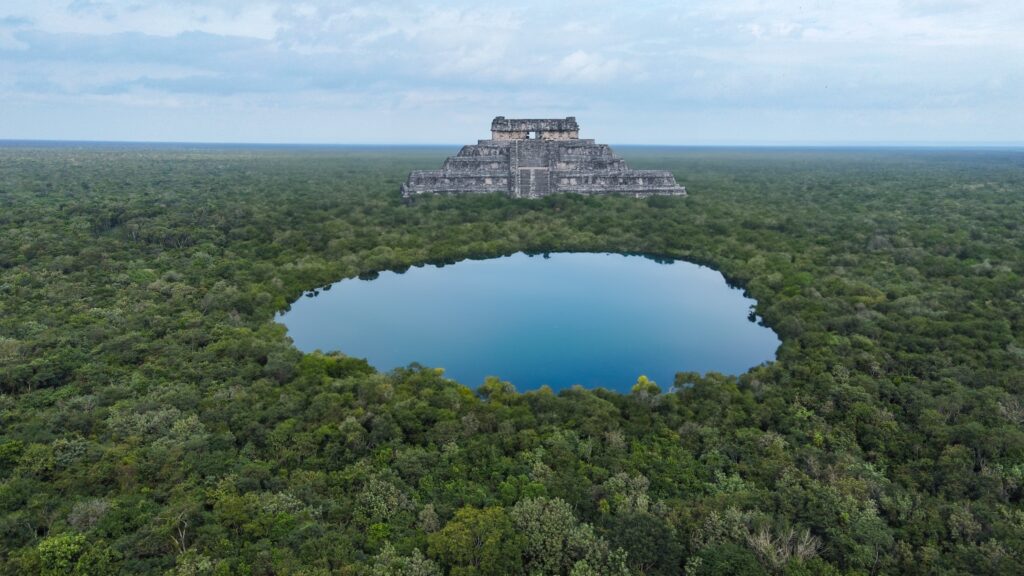
Step through the dense green of the Yucatán jungle and you’ll reach the edge of the Cenote Sagrado near Chichén Itzá. Unlike the bright turquoise cenotes meant for swimming, this one was never for leisure. The ancient Maya believed it led to Xibalba, the underworld, and used it for rain god Chaac’s rituals. Archaeologists have found gold, jade, obsidian blades, and human remains, proof that offerings, including lives, were cast into its still waters. The air hangs thick, not just with humidity but with the sense that something ancient lingers beneath the surface.
The cenote is over 60 feet deep, its green-black waters surrounded by vertical stone walls streaked with algae and time. Even in daylight, the shadows stretch long, and jungle noise fades at its rim. No one swims here. Even tourists instinctively lower their voices. Guides say the place remembers. You feel it in the silence and stillness pressing close. This isn’t just a sinkhole. It is a boundary between worlds.Source: Arqueologiamexicana – Sacred Cenote
6. Fairy Pools – Isle of Skye, Scotland
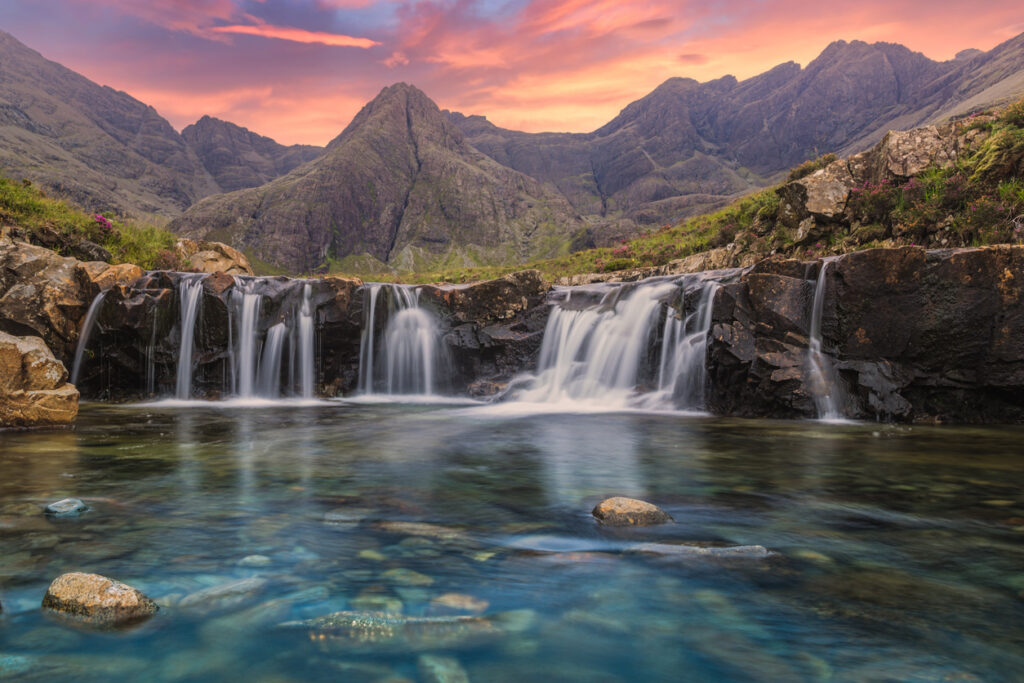
There’s a hush that settles over the Fairy Pools, one that seeps into your bones the moment they come into view. Fed by meltwater from the Cuillin mountains, these clear pools flow down the River Brittle, each one colder and bluer than the last. The water reveals stones, moss, and darting fish in perfect clarity. Under sunlight, they glow aquamarine. In mist, they turn shadowy and secretive. Some say fairies bathe here. Others just feel something ancient in the silence.
The walk-in isn’t hard, but it asks for attention. Wind sweeps the moorland, and clouds shift fast. Visitors come for the view but leave remembering the feeling. The pools don’t shout for wonder, they whisper it. People speak more softly, as if guided by instinct. A few dip into the icy water. Most sit, watching and listening, letting the quiet magic do its work without asking for proof.
7. Shanay-Timpishka (Boiling River) – Amazon, Peru
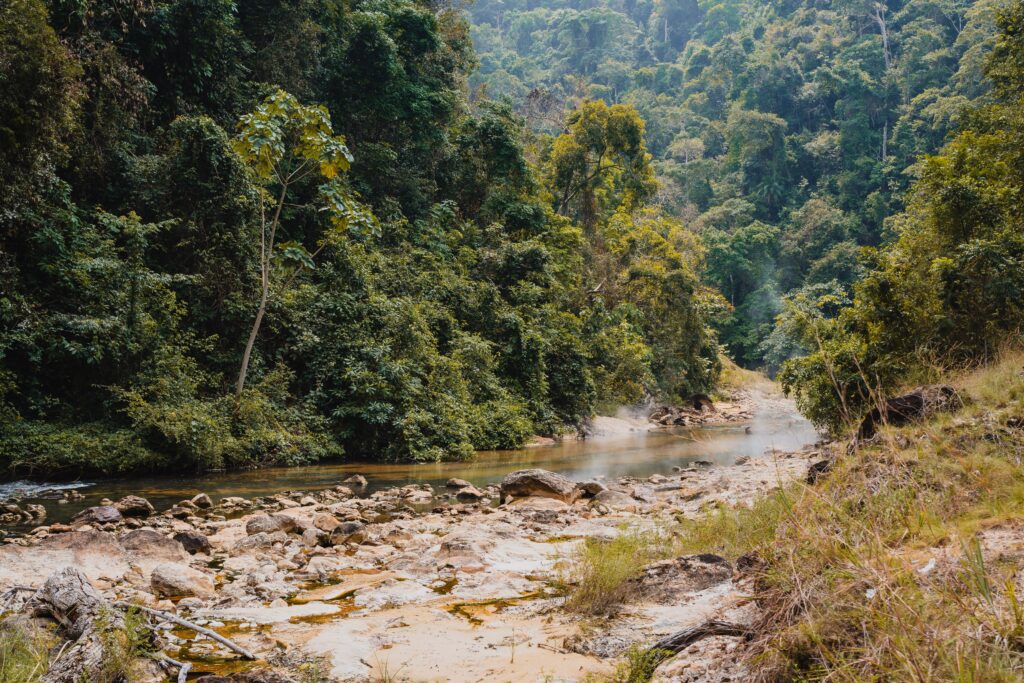
Deep in the Peruvian Amazon, where roads vanish and the forest grows louder, a river runs hot enough to kill. Shanay-Timpishka, or the Boiling River, stretches four miles through dense jungle, with waters reaching up to 200 degrees Fahrenheit, despite no nearby volcano. Small animals that fall in are cooked alive, a danger known to the local Asháninka people who revere the river as sacred. They believe a powerful spirit protects it and use its waters in rituals and medicine. The name means “boiled with the heat of the sun,” though the truth runs deeper.
The jungle here feels altered, thick with mist and silence. You hear the river before you see it, a soft simmer like Earth breathing. Geothermal heat from deep below explains the temperature, but not the atmosphere. Trees grow taller. Birds fall quiet. Visitors report an eerie stillness, as if they are being watched. This isn’t a tourist stop. It’s a mystery that humbles you the moment you arrive. Source: National Geographic
8. Waiʻānapanapa State Park – Maui, Hawaii
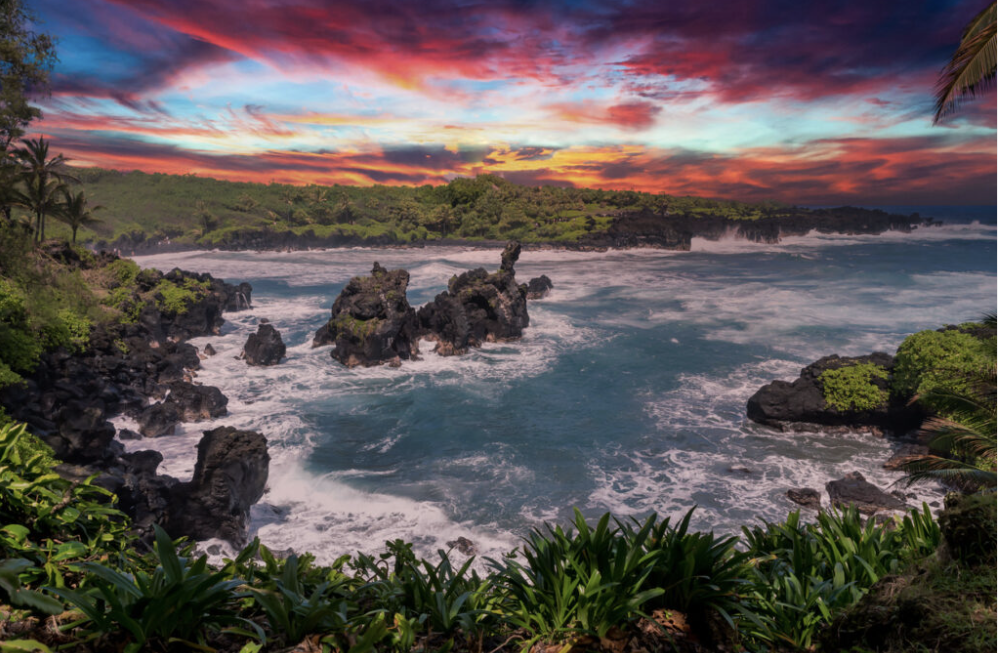
The black sand of Waiʻānapanapa doesn’t just contrast the water—it challenges it. Tucked along Maui’s wild northeastern coast on the Road to Hāna, this volcanic beach feels otherworldly: inky shores, turquoise waves, and lush cliffs that seem hand-painted. The sand, made of crushed lava rock, stays cool beneath the sun and crunches underfoot like memory. Native Hawaiians consider this a sacred place, steeped in legends of love and loss. Lava tubes and sea caves line the shore, said to be haunted by lingering spirits. This isn’t a beach for sunbathing. It’s a place to watch, feel, and respect.
Beyond the beach, trails lead past hala trees, ancient burial grounds, and eerie freshwater pools that shimmer with ghostly light. When the wind rises, the surf pounding the cliffs sounds almost like chanting. Locals speak carefully about the caves, and many avoid them at night. Visitors often sense something unseen, not threatening, just deeply alive. Waiʻānapanapa doesn’t declare its power. It simply waits to be felt. Source: Hawaii State Parks
9. Lake Natron – Tanzania

Lake Natron, in northern Tanzania near the Kenyan border, looks like a portal from above, red, pink, and ringed by cracked salt flats. Its hypersaline waters can reach 120 degrees Fahrenheit with a pH above 10.5, making it one of the most alkaline lakes on Earth. Most animals can’t survive here, and those that die often calcify into ghostly, statue-like forms. Yet life finds a way. Millions of lesser flamingos breed here, their tough skin and unique physiology allowing them to thrive where predators cannot.
The surrounding terrain feels equally alien. Nearby Ol Doinyo Lengai, the Mountain of God, erupts with natrocarbonatite lava that cools into black crust instead of glowing red. The air smells metallic. The light cuts sharp. Everything here exists in extremes—life and death, beauty and danger. Few tourists come, but those who do speak of a sacred, otherworldly presence. Lake Natron doesn’t soothe. It stuns.
10. Mount Sinai – Egypt
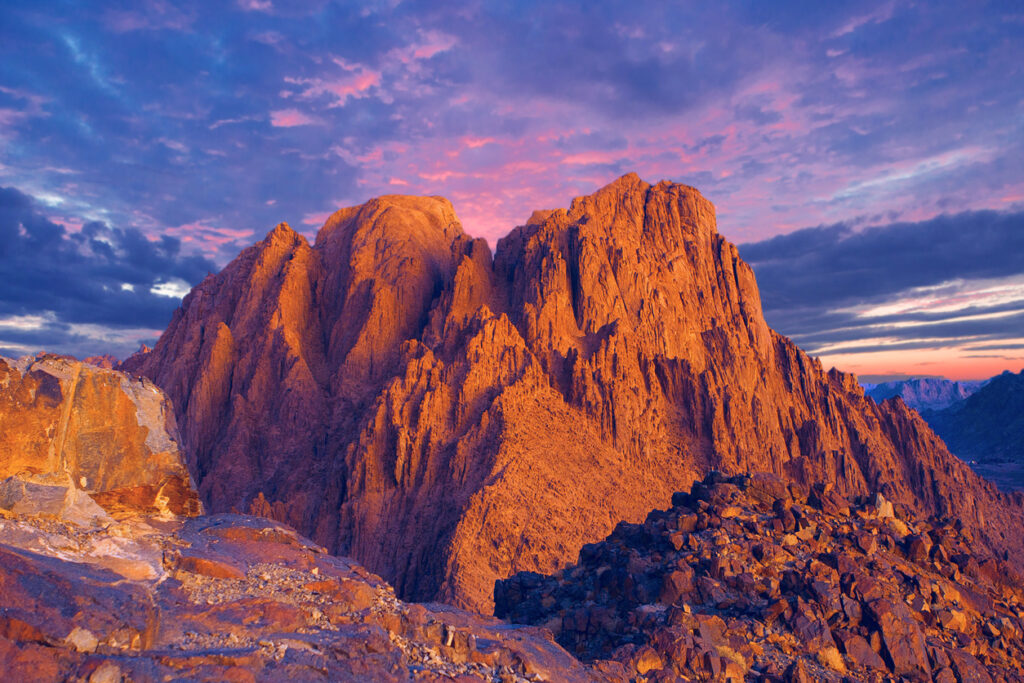
The climb up Mount Sinai begins in darkness, guided by stars, moonlight, and centuries of memory. Located in Egypt’s Sinai Peninsula, this granite peak is believed by many to be where Moses received the Ten Commandments. It holds sacred meaning for Judaism, Christianity, and Islam, a rare spiritual crossroads. The trail is harsh but alive with purpose. Bedouin guides lead the way with quiet confidence. As the summit nears, the sky begins to glow, and sunrise feels like a shared awakening.
At the top, there’s little but stone, a small chapel, and a silence that amplifies everything. No gold, no grand monument—just wind and the weight of ancient story. Whether or not the tablets came here, something profound remains. People sit in stillness, some in prayer, others simply watching the desert bloom with light. The air is thin, but the emotion is full. In this stripped-down place, revelation still feels possible. Source: Smithsonian Magazine
11. Lake Baikal – Russia
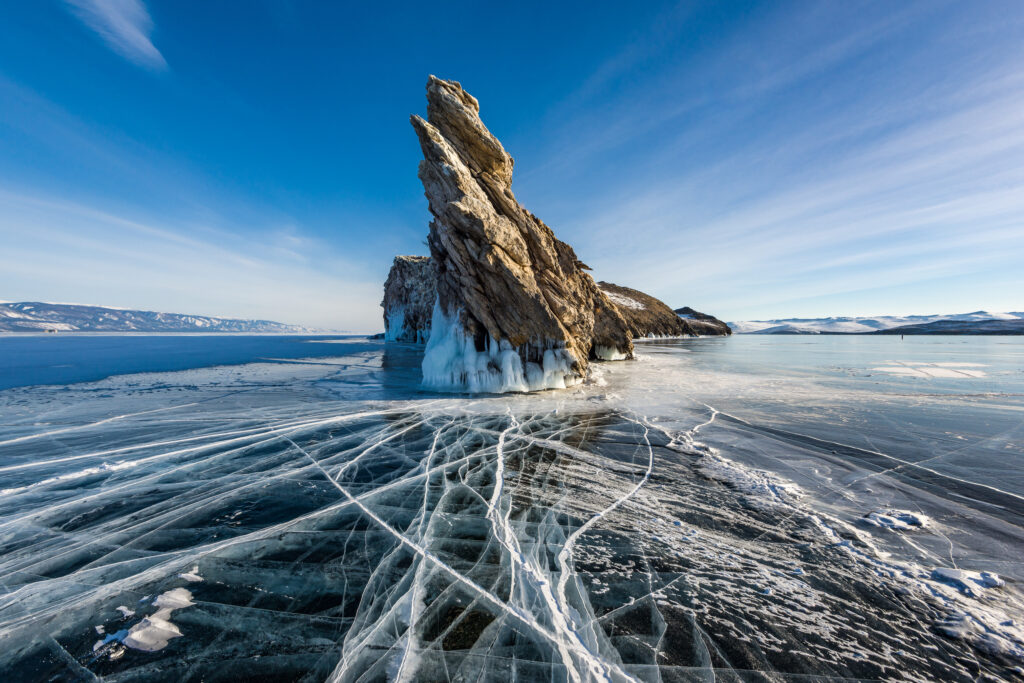
Lake Baikal doesn’t just hold water, it holds time. In southeastern Siberia, it is the world’s oldest and deepest freshwater lake, over 25 million years old and more than a mile deep. But beyond the numbers, Baikal is sacred to the Indigenous Buryat people, who see it as a living spirit. Shamans have long offered rituals and gifts to its waters for healing and guidance. Locals still speak carefully near its shores, wary of what the lake might hear. In winter, Baikal freezes into vast glass-like sheets that crack and sing with unearthly sound.
Though remote, people travel far to reach it. Scientists study its unique biodiversity, while travelers seek something they can’t quite define. There are no shrines, just wind, water, and the feeling of being watched by something ancient. The silence is heavy. The cold sharper. Visitors often sit for hours, doing nothing, just listening. Baikal doesn’t give answers. It reflects whatever you’re ready to see. Source: BBC Travel
12. Bandiagara Escarpment – Mali
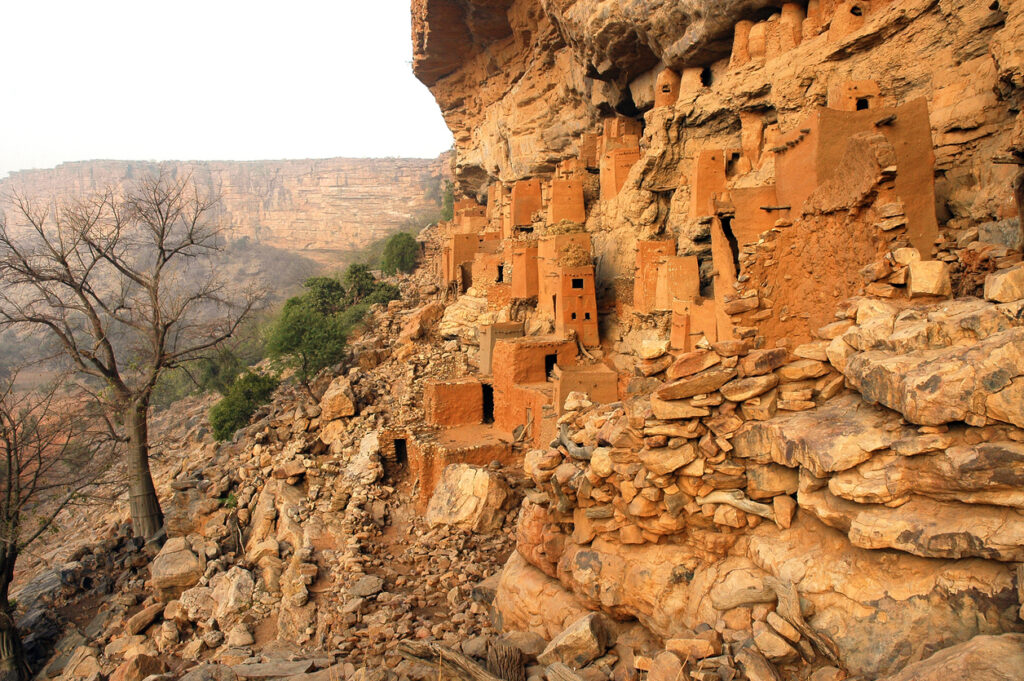
The Bandiagara Escarpment cuts across the Sahel like a jagged wave, a 100-mile sandstone cliff in Mali that shelters one of Africa’s most spiritually rich cultures. For centuries, the Dogon people built villages into its face, homes, altars, and granaries clinging to stone. But this place is more than architectural marvel. According to Dogon belief, it’s sacred ground where sky beings called the Nommo descended to share cosmic knowledge. Long before science, the Dogon spoke of Sirius and its invisible companion star, claiming truths the world had yet to prove.
Along the base, sacred caves, burial sites, and masked rituals blur the line between daily life and the divine. The cliffs feel alive, shaped by ancestors and still honored by the Dogon, even as instability keeps visitors away. This is not a ruin, but living history. Source: UNESCO World Heritage Centre
Some sacred places don’t need temples. They speak through stone, through silence, through salt and steam and shadow. These ten natural wonders weren’t built to impress us, but they do. They endure in extremes, hold memory in their soil, and echo the beliefs of those who walked before us. Whether etched with ancient stories or simply too strange to explain, each of these places reminds us that the Earth still holds mysteries bigger than us—and that reverence isn’t a concept, it’s a practice.
If you liked this story, please give us a thumbs-up so we know to write more stories like this. If you didn’t like it, if we’ve missed anything, or if you would like to pitch your own story ideas to Fetch, please let us know in the comments below. This article, 12 Sacred Natural Wonders You Didn’t Know Existed was first published on dailyfetch.net.


